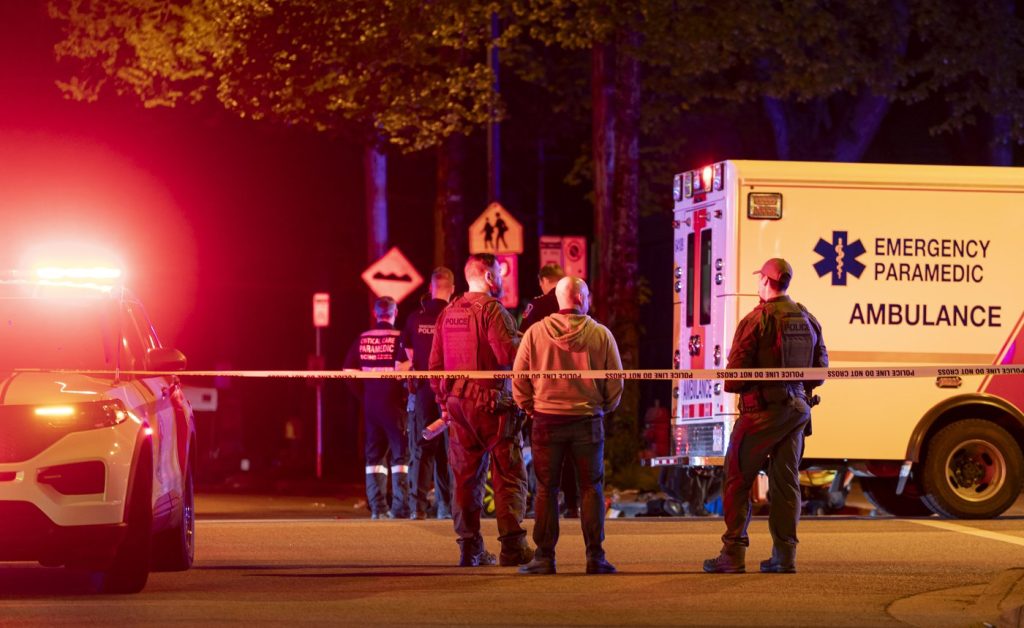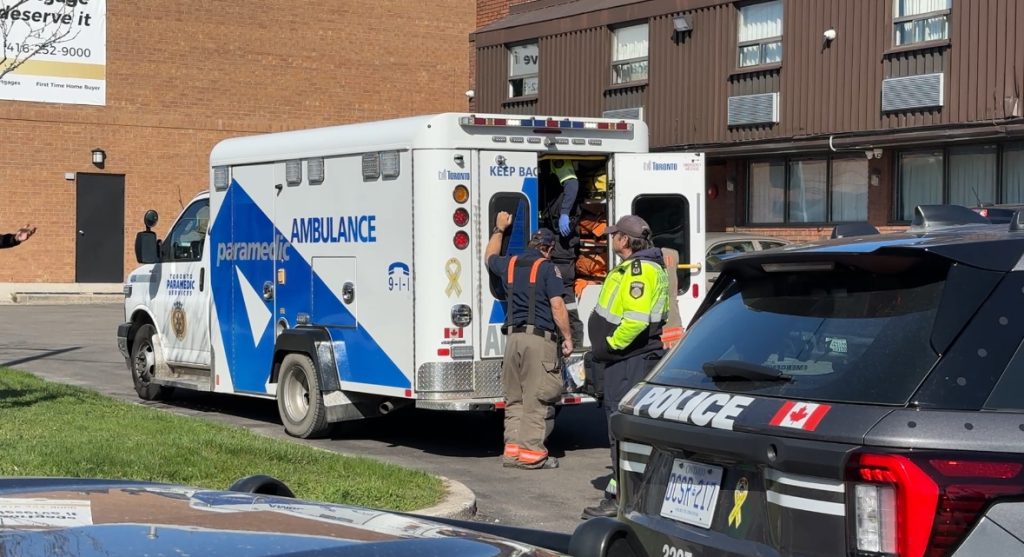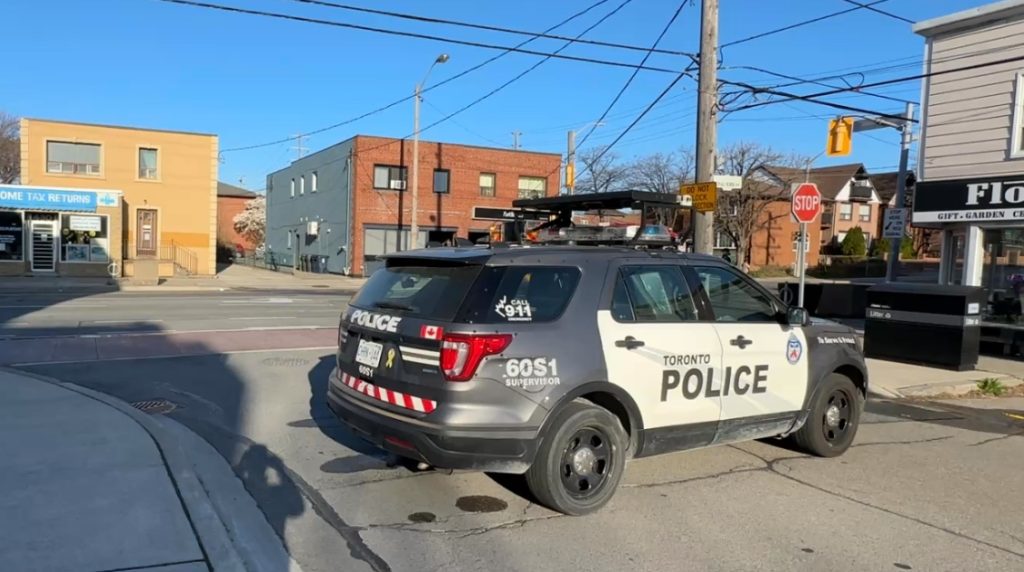Ontario healthcare system on life support: Why are ER wait times so long?

Posted August 1, 2022 5:54 pm.
Last Updated August 8, 2022 4:32 pm.
After 14 Ontario hospitals were forced to close their emergency rooms, beds or intensive care units this long weekend, healthcare workers point to several systemic shortcomings that have led to a healthcare system on life support.
Staff on the front line tell CityNews COVID-19 has stressed cracks in the foundation of a system that was already on the verge of collapse. After walking into Toronto’s Michael Garron Hospital in May, one patient told CityNews she waited more than an hour just to be registered as a patient.
She then spent another two hours in the ER waiting to see a doctor.
“I didn’t expect it to be quick. It’s an emergency room,” Emma O’Neil said in an interview. “As frustrating as it was, I felt really bad for the staff. They were completely overwhelmed.”
Wait times have never been longer.
The latest figures and data from Health Quality Ontario, an agency created by the government to connect and coordinate the healthcare system to ensure Ontarians receive the best possible care, show that in May patients waited an average of 2.1 hours for a first assessment by an ER doctor.
The average wait time to get admitted to a hospital was 20.1 hours, the highest on record.
Health experts say COVID-19 has exacerbated low staffing levels
Last week, the Ontario Nurses’ Association (ONA) said it had heard from members about staffing shortages affecting more than a dozen hospitals in a variety of ways ahead of the long weekend.
“They’re either closures, reduction of beds, that they are redirecting patients, things like that,” association president Cathryn Hoy said in an interview on Friday.
Hoy said her union was “alarmed” about the impact a shortage of nurses is having on patient care in Ontario.
Dr. David Carr, associate professor of emergency medicine at the University of Toronto, told CityNews sick people that need to be admitted to a hospital have nowhere to go.
“We don’t have people to take care of them, either,” Carr said.
Newly appointed health minister Sylvia Jones has yet to speak publicly. This prompted Ontario’s NDP to issue a statement ahead of the weekend with a single question: “Where is Sylvia Jones?”
A spokesperson for Jones tells CityNews that since the start of the pandemic, the government has added over 10,500 healthcare workers and the province continues to work with hospitals and unions to address “the challenge of maintaining the required staffing levels.”

Lakeridge Health, home to several regional specialty centres and services in Durham Region, is shutting down the Bowmanville, Ont. hospital intensive care unit until it can stabilize staffing levels. Photo: Artur Tumasjan.
Carr said the problem predates COVID-19, but has been exacerbated by it.
“Ontario has an incredibly low hospital and ICU beds per capita,” he said. “In hallway medicine, we’ve now moved towards ending waiting room medicine.”
Dr. Andrew Petrosoniak, an emergency physician at Toronto’s St. Michael’s Hospital, told CityNews this goes far beyond the waiting room.
“The emergency departments are in a crisis, but we’re sort of the canary in the coal mine,” he said, adding he sees fewer patients every shift.
“Patients have a greater degree of complexity. They haven’t received the care that they’ve needed over the last few years.”
That’s increased the time and effort to care for each patient. Not to mention, COVID-19-related changes have made every task more time-consuming.
Petrosoniak cited another challenge: not having a unified electronic medical records system, often leading to repeated tests and procedures.
“If every patient takes a little bit longer, an extra two minutes, that adds up,” he cautioned. When every minute counts, Carr warned a delay in care could be detrimental.
“Patients are being harmed by lengthy delays.”
Ontario’s patient ombudsman confirmed to CityNews it has seen an increase in calls and written complaints about ER wait times and triage, but they still only makes up about 6 per cent of total complaints the office receives about public hospitals.
With files from The Canadian Press








